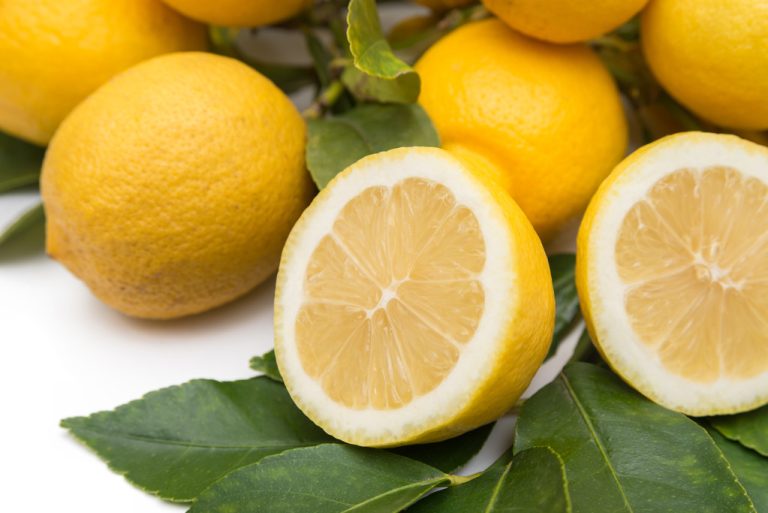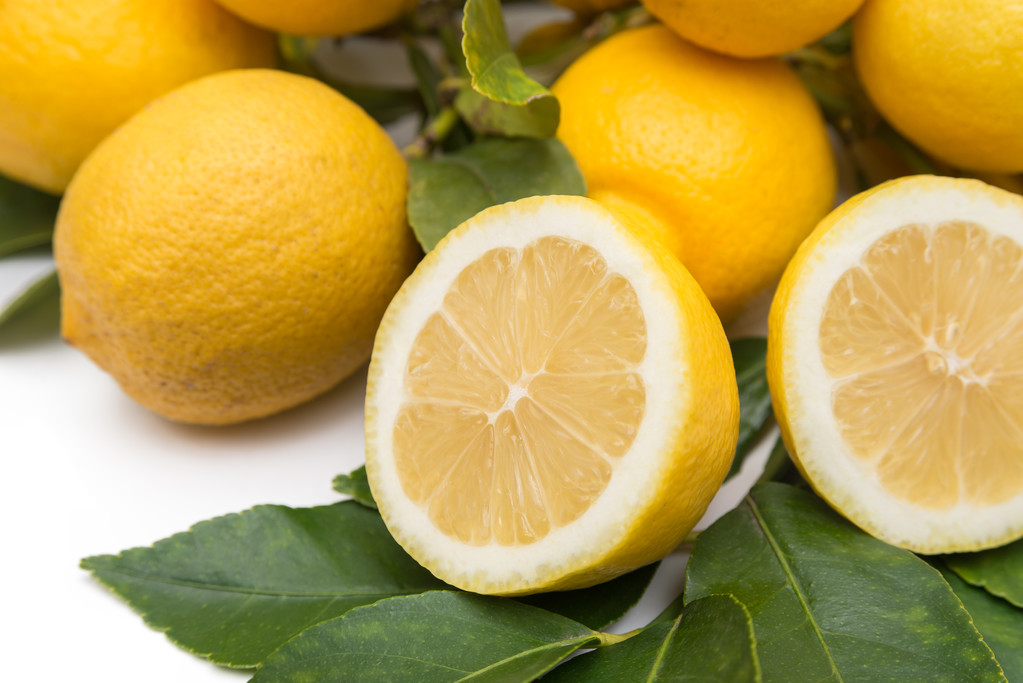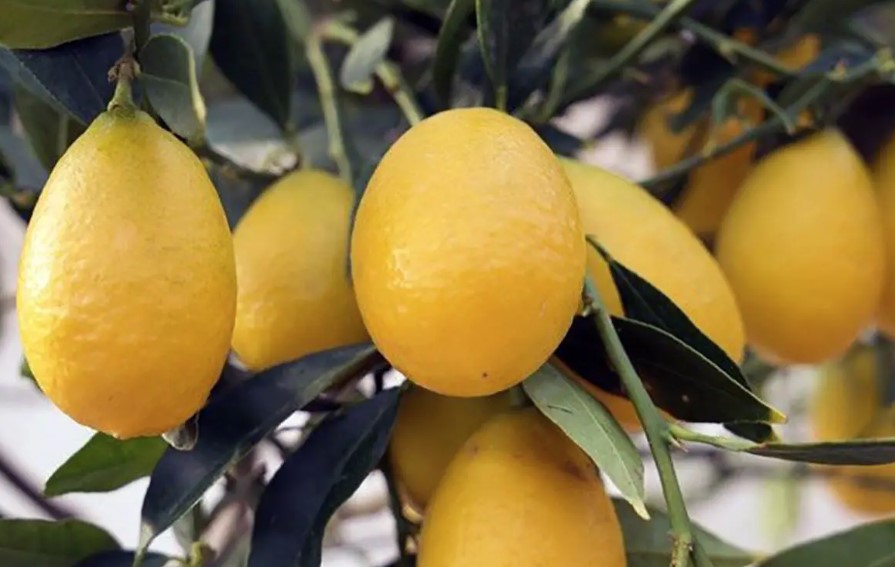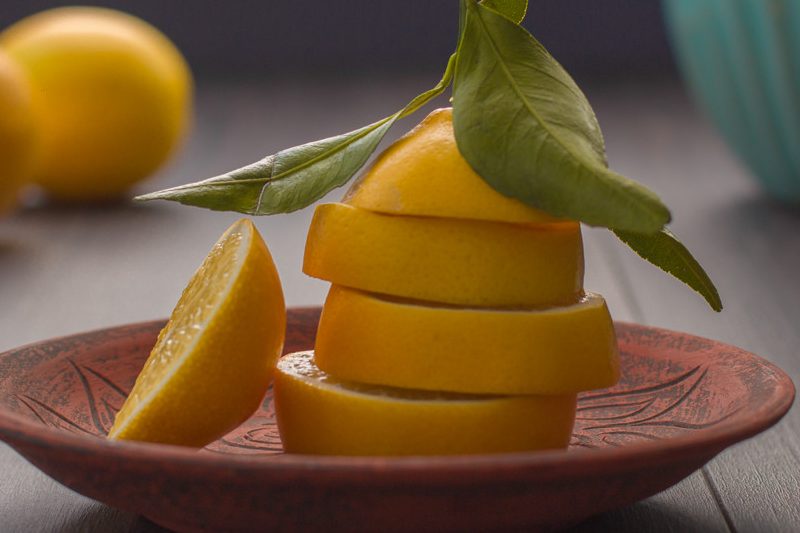Ingredients for Pan-Fried Barramundi with Lemon Butter Sauce
If you’re looking for a delicious and healthy meal option, pan-fried barramundi with lemon butter sauce is a great choice. Here are the ingredients you’ll need for this dish:
- 4 barramundi fillets (skin on)
- Salt and pepper
- 2 tablespoons of olive oil
- 2 tablespoons of butter
- Juice of 1 lemon
- 1 tablespoon of chopped fresh parsley
Steps to Prepare Pan-Fried Barramundi with Lemon Butter Sauce
Follow these simple steps to prepare pan-fried barramundi with lemon butter sauce:
- Season the barramundi fillets with salt and pepper on both sides.
- Heat the olive oil in a frying pan over medium-high heat. Once the oil is hot, add the barramundi fillets, skin side down.
- Cook for 3-4 minutes until the skin is crispy, then flip the fillets over and cook for another 2-3 minutes until cooked through.
- Remove the fillets from the pan and set them aside.
- In the same pan, melt the butter and add the lemon juice. Cook for 1-2 minutes until the sauce thickens slightly.
- Add the chopped parsley to the sauce and stir to combine.
- Pour the lemon butter sauce over the barramundi fillets and serve immediately.
Serving Pan-Fried Barramundi with Tangy Lemon Butter Sauce
Pan-fried barramundi with lemon butter sauce is a delicious and healthy meal that can be served with a variety of sides. Here are some options to consider:
- Steamed vegetables, such as broccoli or green beans
- Roasted potatoes or sweet potatoes
- Rice or quinoa
To serve, place the barramundi fillets on a plate and spoon the lemon butter sauce over the top. Add your chosen side dish to the plate and enjoy! This dish is perfect for a dinner party or a special meal at home.












